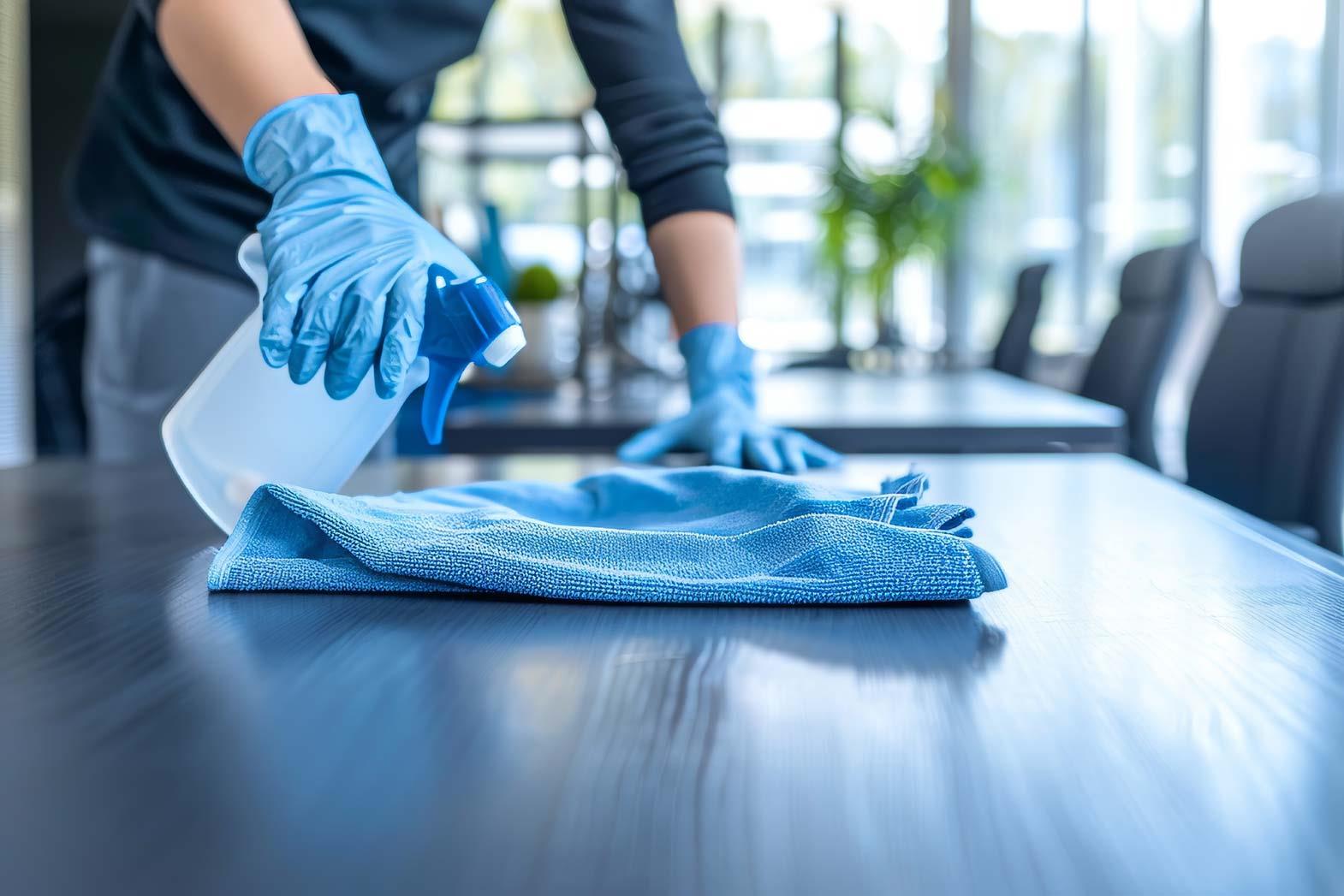Recent technologies that ensure antimicrobial finishes are also promising in terms of having lesser or no side effects on human health. In the case of nano silver, the antimicrobial agent contains nano silver particles that eliminate bacteria, inhibiting their growth in warm and humid conditions. Silver primarily works by denaturing or oxidizing bacteria, preventing them from developing resistance. The durability of nano silver antimicrobial finishes on textiles lasts longer than other antimicrobial finishes. This finish enhances the utility of textiles and imparts special properties to them, leading to decreased overall costs. Textiles treated with nano silver agents have antibacterial, antifungal, and antiviral properties.
Nano silver finishes are effectively used in clothing for special purposes, such as sports garments, which can become a breeding ground for bacteria and fungi when soaked in sweat. With nano silver antimicrobial finishes, garments remain fresh and deter the growth of bacteria responsible for unpleasant odors. This technology is also used in military clothing in several developed countries. With the development of the latest generation of silver-based antimicrobial treatments by a Canada-based company, textile manufacturers can enhance the odor resistance of clothing.
This new generation of silver treatment also provides textiles with resistance against fiber degradation, as it utilizes metallic silver, a potent antimicrobial material. The anti-static properties of nano silver also help maintain the skin's biological balance during sports activities. Due to these properties, nano silver finishes are also used in shoe soles. The medical industry heavily relies on nano silver finishes as well. Hygiene products, baby products, undergarments, regular and special clothing, and footwear frequently undergo this treatment.
As a consequence, nano silver is being consistently used in several products in U.S.A. market like athletic clothing, cosmetics, bed and bath linens, electric shavers, baby bottles, stuffed animals, keyboards, paints, and food containers. It's also used in hospital equipment including catheters, stents, bandages, and wound dressings, as well as on surfaces including wheelchair seats and door handles. In Southeast Asia, the usage is more common and in Hong Kong nano silver is sprayed in subways and touted on Korean toothpaste tubes.
The nano silver antimicrobial finish is especially useful in case of natural fibres like silk, cotton etc., as the natural fibres are more at risk to bacterial attack than synthetic fibres. The porous and hydrophilic nature of the natural fibres retains water and oxygen along with nutrients, thus encouraging rapid growth of microorganisms.
More developed countries like the U.S.A., Korea, Australia et al are more inclined to use nano silver finishing on regular garments, as awareness regarding cleanliness and hygiene among the consumers is more in comparison to the consumers of developing countries. Nevertheless, the nano silver finishes have also raised several eyebrows, as several experts believe that the antimicrobial finish wipes off after regular wash. It is not a surprise that the nano silver finish carries a grievance, and reacts like any other antimicrobial finish would to oust the bacteria, fungi and other infection causing microbes. The reason as per a Danish research and a Swiss research is that there are several textile manufacturers in Denmark and Switzerland who falsely claim that the garment has been treated with nano silver antimicrobial finish. There are also some companies asserting that the clothing has not been treated with nano silver, but they use nano silver finishing in their garments.
But despite the negligence on part of some manufacturers, there is little doubt that nano silver is an effective way to fight the microbial growth in clothing. As per a research carried on in the U.S.A. bacteria and bacterial growth can be terminated by silver ions, as they obstruct the key enzymes that help to maintain the bacterial cell wall. The silver nano particles are deadly to bacteria solely because of the silver ions they release the nano particles alone cannot kill bacteria as previously thought.
The nano silver production is predicted to be around 2.8 tons to 20 tons annually in the U.S.A. and 250 tons to 312 tons globally. However, the new applications of nano silver are not likely to impact the level of silver demand over the next 1015 years, even if many applications experience considerable commercial success. The regulation of nano silver is also a factor which has paved way for increased usage of nano silver. The regulations are fairly lenient in European Union, Australia and the U.S.A. The debate regarding safety of nano silver antimicrobial finishes in textile is still going on, but, the textile industry all around the globe prefers to continue with this technique, as it is definitely more effective than other nano particle finishes in maintaining hygiene and cleanliness in garments.
References:
1. Autexrj.com,
2. Indiantextilejournal.com
3. Ijeset.com
4. Rsc.org
5. Nanosilver.com
6. Ehp.niehs.nih.gov








Comments